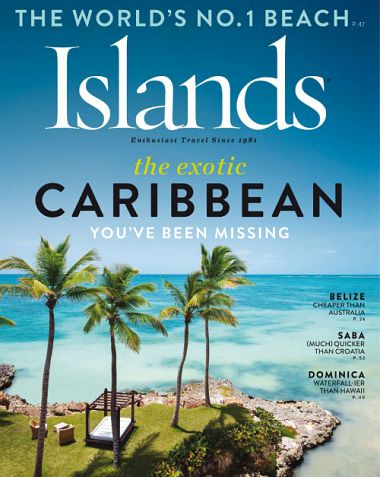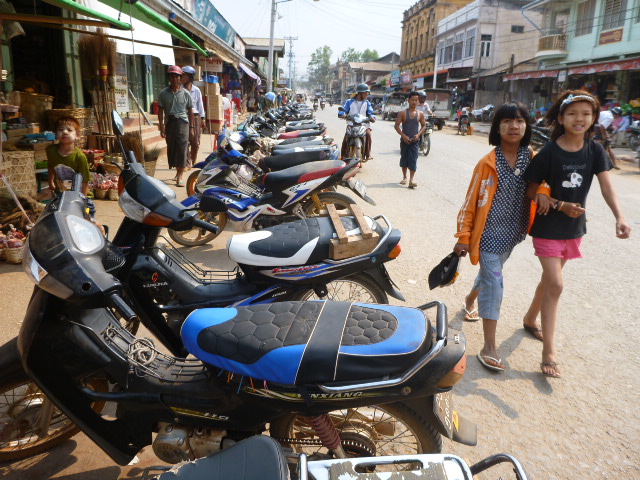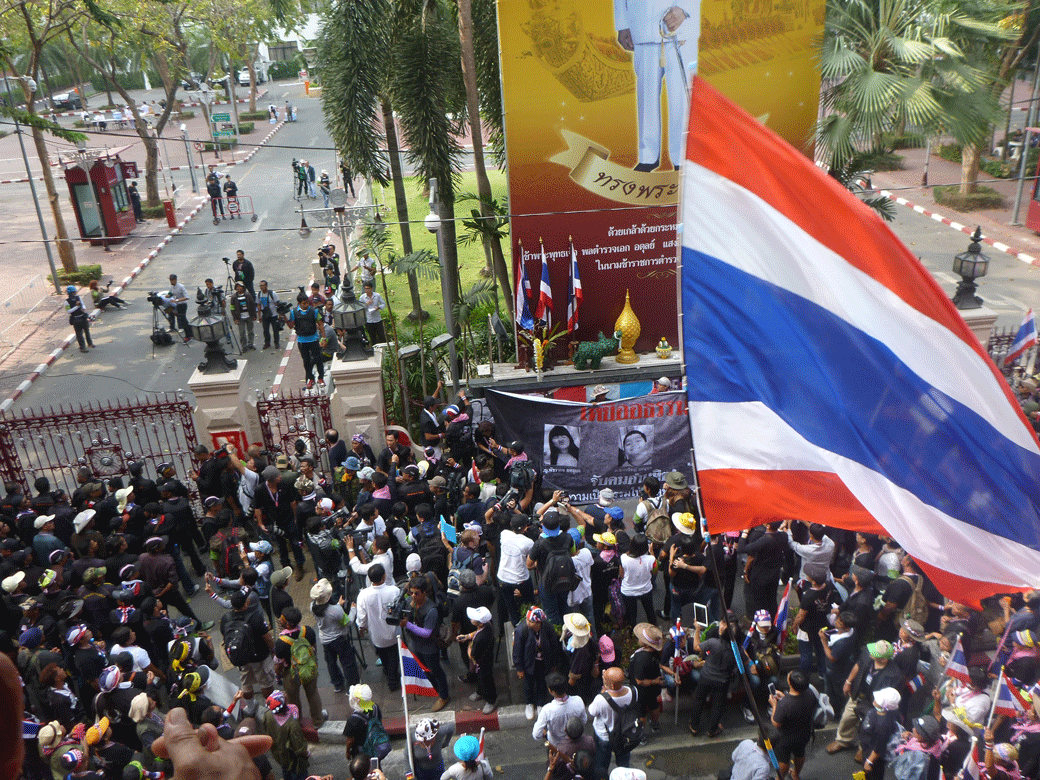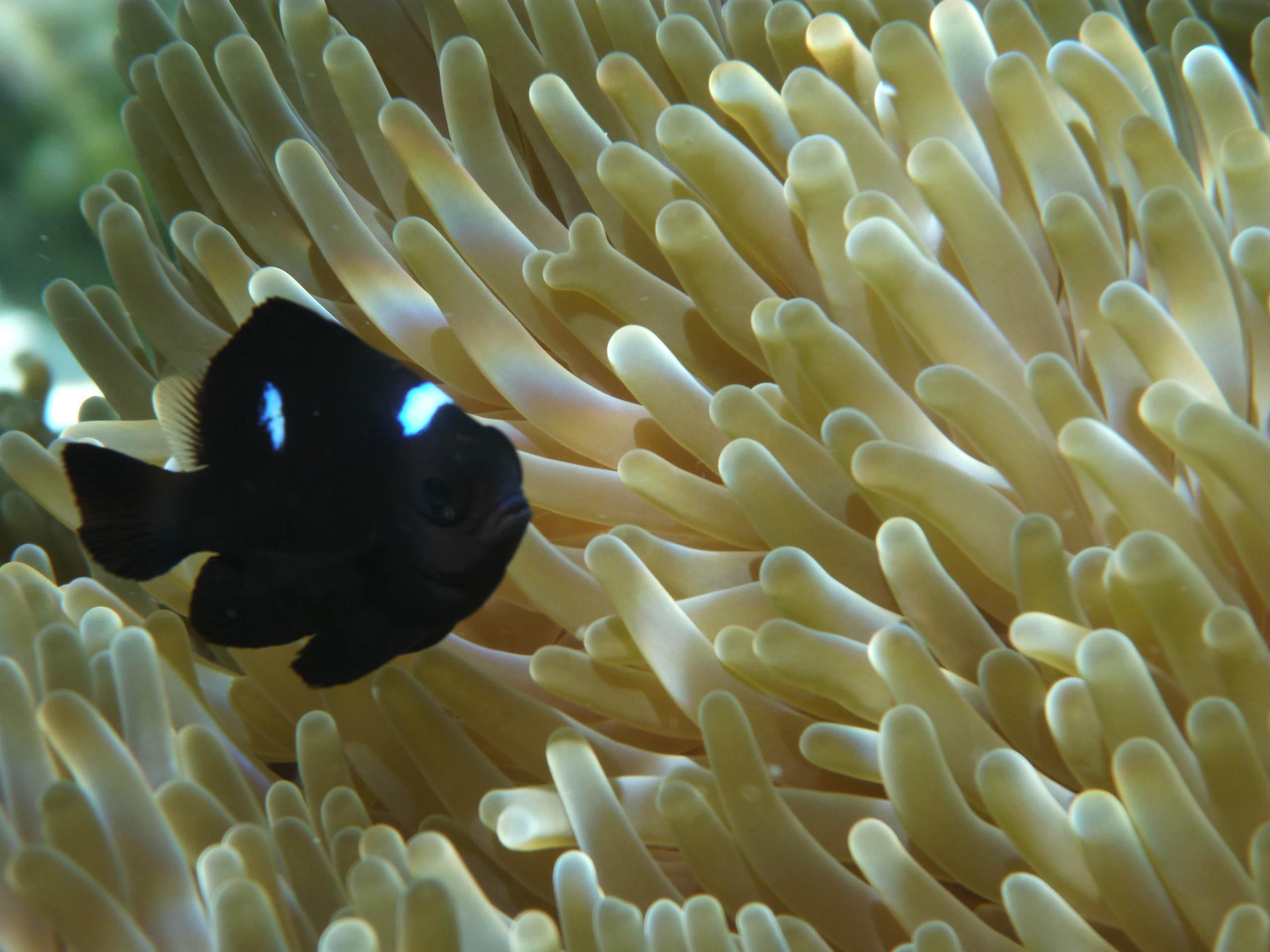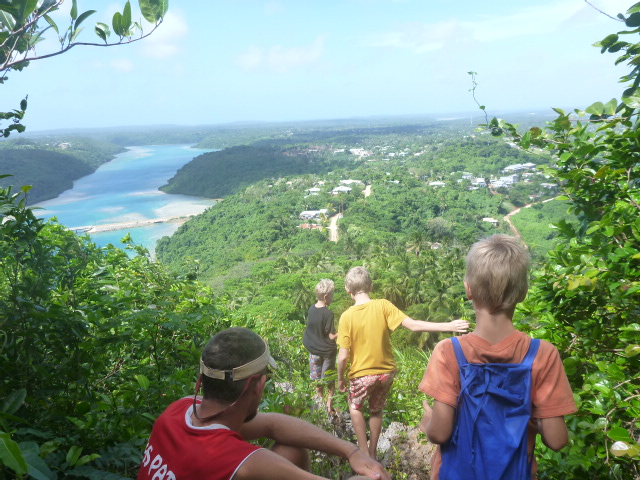A Distant Match on a Remote Island
This story about our visit to the remote atoll of Palmerston in the Cook Islands — and the unexpected volleyball match we joined — appeared in Islands Magazine. As one of the most beautiful and unique anchorages during our sailing voyage across the South Pacific, Palmerston is definitely high on our “let’s go back someday” list.
Click here to read our past blog post on Palmerston.

